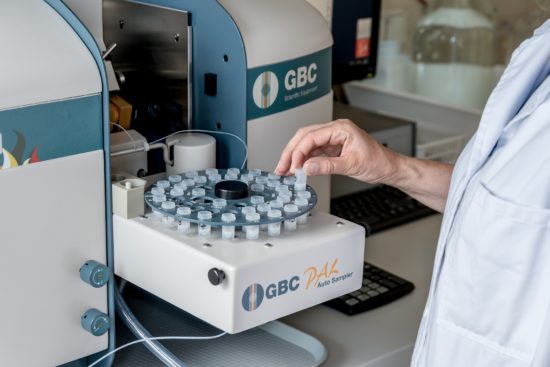Current state of the art in rapid diagnostics for antimicrobial resistance
Antimicrobial resistance (AMR) is a fundamental global concern analogous to climate change threatening both public health and global development progress. Infections caused by antimicrobial-resistant pathogens pose serious threats to healthcare and human capital. If the increasing rate of AMR is left uncontrolled, it is estimated that it will lead to 10 million deaths annually by 2050. This global epidemic of AMR necessitates radical interdisciplinary solutions to better detect antimicrobial susceptibility and manage infections. Rapid diagnostics that can identify antimicrobial-resistant pathogens to assist clinicians and health workers in initiating appropriate treatment are critical for antimicrobial stewardship. In this review, we summarize different technologies applied for the development of rapid diagnostics for AMR and antimicrobial susceptibility testing (AST). We briefly describe the single-cell technologies that were developed to hasten the AST of infectious pathogens. Then, the different types of genotypic and phenotypic techniques and the commercially available rapid diagnostics for AMR are discussed in detail. We conclude by addressing the potential of current rapid diagnostic systems being developed as point-of-care (POC) diagnostic tools and the challenges to adapt them at the POC level. Overall, this review provides an insight into the current status of rapid and POC diagnostic systems for AMR.
AMR NEWS
Every two weeks in your inbox
Because there should be one newsletter that brings together all One Health news related to antimicrobial resistance: AMR NEWS!





